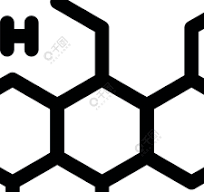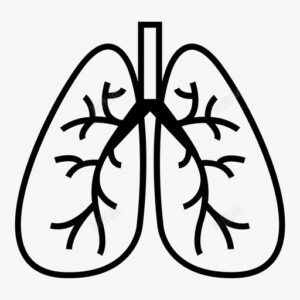Dexamethasone,
Effects and efficacy:
Dexamethasone is mainly used for allergic and autoimmune inflammatory diseases. It is mostly used for connective tissue diseases, active rheumatism, rheumatoid arthritis, lupus erythematosus, severe bronchial asthma, severe dermatitis, ulcerative colitis, acute leukemia, etc. It can also be used for the comprehensive treatment of certain severe infections and poisoning, and malignant lymphoma. Oral medication: It can be used for the diagnosis of certain adrenal cortical diseases. Implants: It is used to treat macular edema caused by retinal branch vein occlusion or central vein occlusion in adult patients. Eye drops: It is used for iridocyclitis, iritis, keratitis, allergic conjunctivitis, blepharitis, dacryocystitis, etc. Creams: It is used for localized pruritus, neurodermatitis, contact dermatitis, etc. Injections: It is commonly used clinically to reduce cerebral edema, altitude sickness and vomiting caused by cancer chemotherapy; to prevent premature infants’ respiratory distress syndrome and bronchial and pulmonary dysplasia; it can also be used to diagnose Cushing’s syndrome.
Dosage and Administration:
Anti-cerebral edema and intracranial pressure reduction intravenous injection or intravenous drip, 10-40 mg per day for adults, divided into 2-3 times, effective 12-36 hours after medication, the specific course of treatment depends on the patient’s condition. Please follow the doctor’s advice for details. As an adrenocortical hormone, intravenous administration is used to treat critical illnesses (such as severe shock, etc.): intravenous injection of dexamethasone sodium phosphate, the general dose is 2-20 mg once; when intravenous drip, it should be diluted with 5% glucose injection, and can be repeated after 2-6 hours until the condition stabilizes, but large-dose continuous administration generally does not exceed 72 hours. For the relief of cerebral edema caused by malignant tumors, the first dose is 10 mg intravenous push, followed by 4 mg intramuscular injection every 6 hours. Generally, the patient will improve after 12-24 hours, and the dose can be gradually reduced after 2-4 days, and the drug can be stopped on the 5th to 7th day; for patients with brain tumors who are not suitable for surgery, the first dose can be intravenously pushed 50 mg, and then 8 mg is repeated every 2 hours. After a few days, the dose is gradually reduced to 2 mg per day, divided into 2-3 intravenous administrations. As adrenal cortical hormone, other ways of administration: oral administration: starting dose 0.75-3mg once, 2-4 times a day; maintenance dose 0.75mg a day, depending on the condition. Intrathecal injection or injection into the injured part such as joint cavity, soft tissue (using dexamethasone acetate and dexamethasone sodium phosphate): the intrathecal injection volume is 5-10mg once, once every 1-3 weeks; the intraarticular injection volume is generally 0.8-4mg once, depending on the size of the joint cavity. Please follow the doctor’s advice for details. Dermatology medication, apply to the affected area, 1-2 times a day. Ophthalmology medication, drip into the conjunctival sac, 1-2 drops at a time, 3-4 times a day. Oral administration for children, 0.1-0.25mg/kg per day according to body weight, divided into 3-4 doses. Intramuscular injection, intravenous drip: 0.2-0.3mg/kg each time, 1-2 times a day; or 0.25-1.0mg/kg per day. Children’s medication must be carried out under the guidance of a doctor and adult supervision.
Contraindications:
Contraindicated if allergic to this product; contraindicated during lactation; used with caution in children; used with caution during pregnancy
Related dosage forms:
Tablets, injections, eye drops, creams
Share:
Products
Our offers
Health Classification
Let us work together to protect precious health































